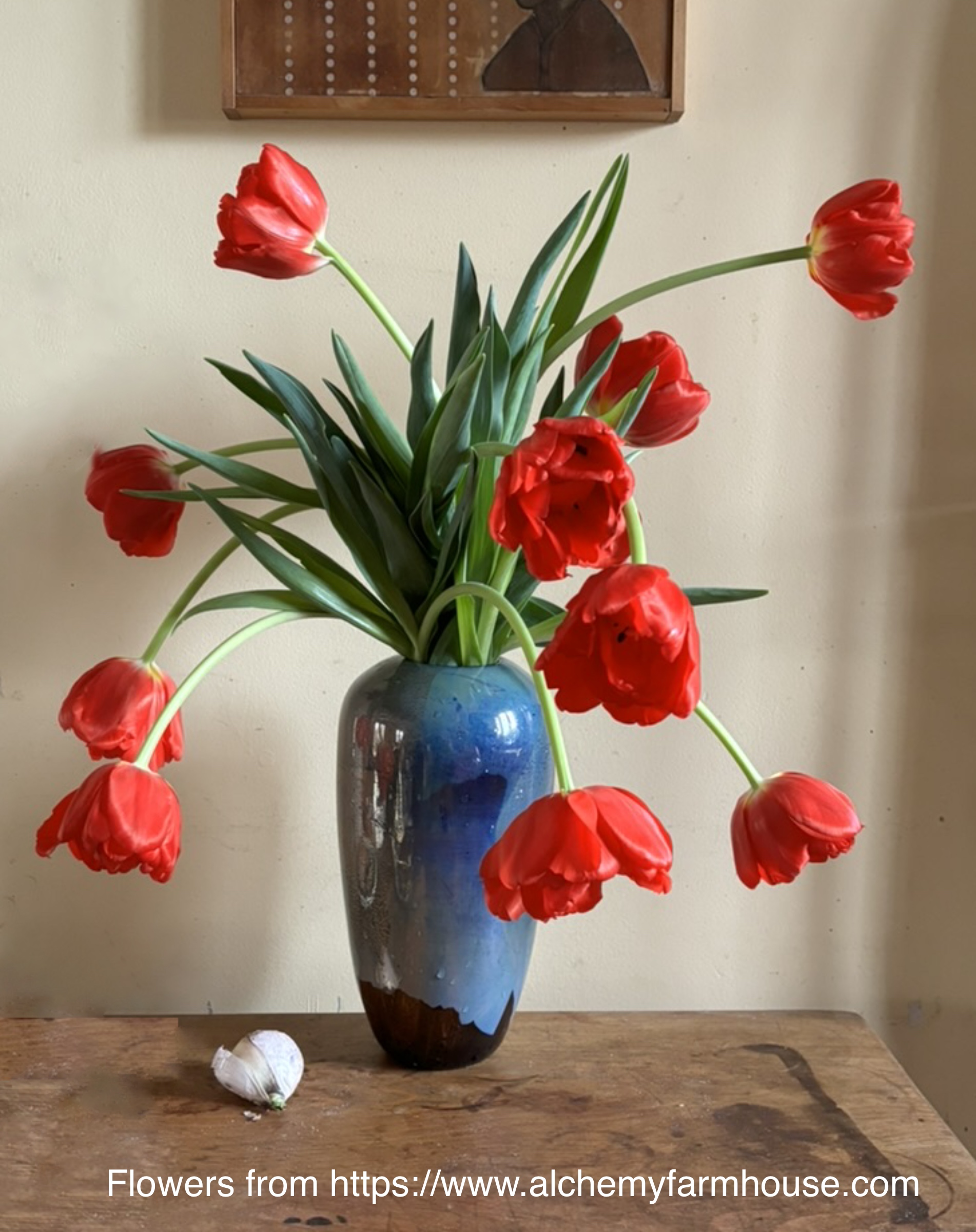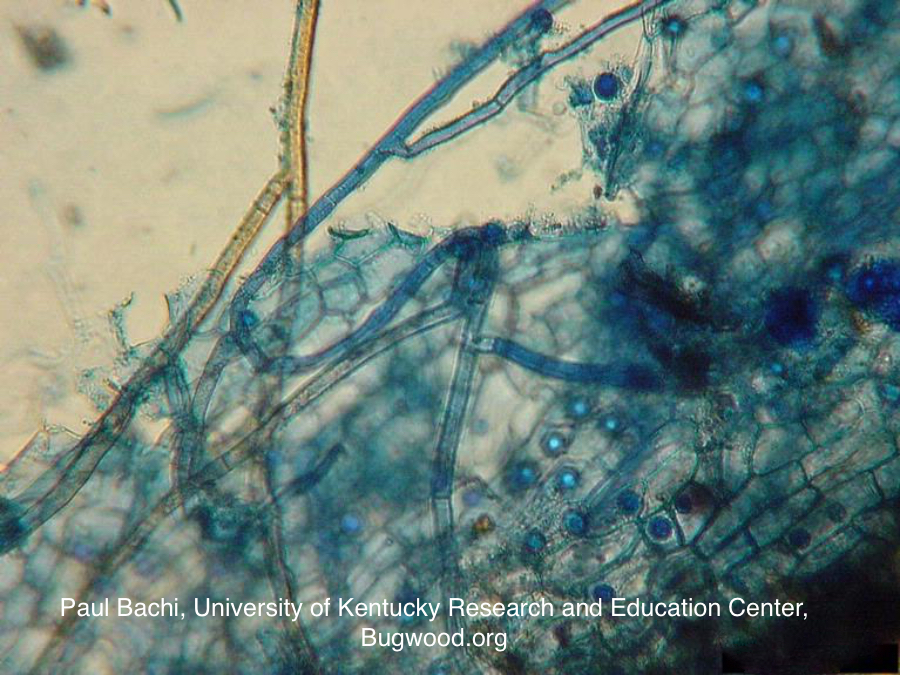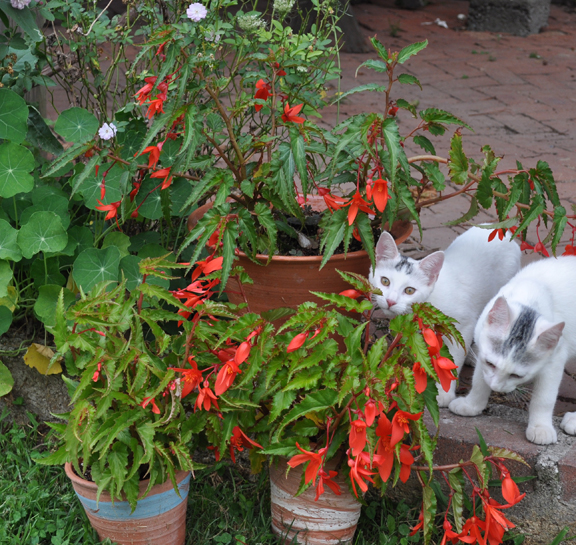DEER FOOD
/1 Comment/in Flowers/by Lee ReichBig Bulbs Uneaten
Chomping down on a rosette of freshly emerging tulip leaves is just the thing to drive away winter’s doldrums — for a deer. 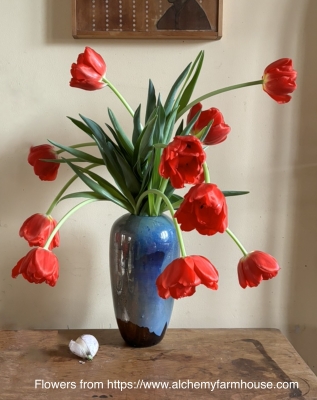 Crocuses probably taste almost as good to these creatures. There’s no need, though, for you or me to forsake the blossoms of spring bulbs; plenty of plants don’t appeal to deer palates. Read more
Crocuses probably taste almost as good to these creatures. There’s no need, though, for you or me to forsake the blossoms of spring bulbs; plenty of plants don’t appeal to deer palates. Read more
DAMN-PING OFF
/0 Comments/in Pests/by Lee ReichWorse than Roman Warriors
I made my first gardening enemies decades ago, within a few weeks of starting my first garden. Not other gardeners but — and perhaps you also have crossed paths with them — with Pythium, Rhizoctonia, and Fusarium. I quickly learned that they were, or should be, hateful not only to me but to all gardeners.
Pythium, Rhizoctonia, and Fusarium are not ancient Roman warriors; they are fungi and, worse than Roman warriors, they lurk everywhere. When they, or one of them, gets the upper hand they cause damping off disease.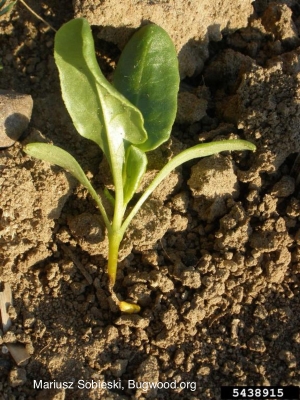
Let’s return to my first garden: At the time, decades ago, I was living in a relatively dark apartment, a converted motel room, and was eager to start my first seedlings. I sowed all sorts of seeds in peat pots, stood them in a little water, then crowded them together on all the shelf space that could be mustered.
Young sprouts never appeared in some of the pots. In others, seedlings emerged, then toppled over, their “ankles” reduced to a withered string of rotted cells unable to support the small plants physically or physiologically. Read more
IS REAL SOIL GOING TO POT?
/4 Comments/in Gardening, Soil/by Lee ReichWhat’s in Your Mix?
That potting soil that you’ve bought for your seedlings and houseplants? It probably has no REAL soil at all in it. Real soil is just too hard to obtain in reliable and uniform quantities for commercial packaging. Soilless mixes, as commercial potting soils are (or should be) called, are a mix of some kind(s) of organic materials along with some aggregate, with possible additions of fertilizer, ground limestone, and a wetting agent.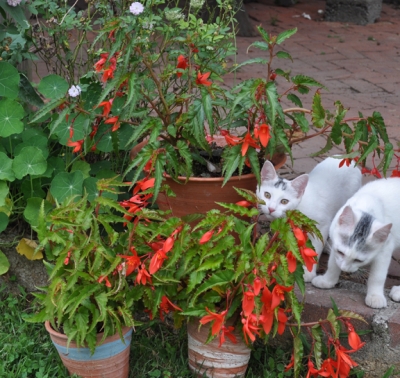
Organic materials in these mixes help sponge up water and cling to nutrients that might otherwise wash down and out of the pot. Peat moss is the organic material traditionally used in soilless mixes. Although it holds water well, it’s initially hard to wet, which is why wetting agents are sometimes added to soilless mixes. Read more

